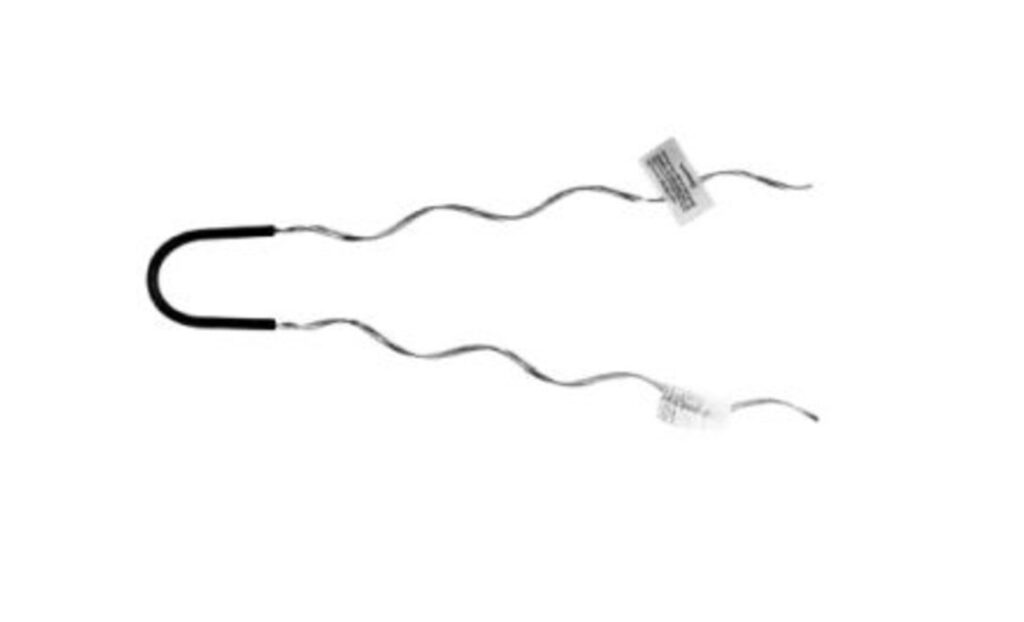
A slack span dead end refers to a specific type of support and tensioning configuration used in transmission lines. It provides flexibility in the design and layout transmission lines. They also allow for minor adjustment in the line route. A slack span dead end installs at specific points often at the end of a span. They control the tension in a slack to ensure it provides the desired flexibility without sagging. The dead ends work with several fittings to ensure their reliability. These include dead end clamps, insulators and brackets. The use of these components help to handle the mechanical loads and environmental conditions.
Performance characteristics of a slack span dead end
There are several ways to test and assess the performance of the slack span dead end. The characteristics include its ability to maintain the integrity and reliability of the line. They ensure the dead end provides flexibility in various environmental and operational factors. The following are the performance characteristics of the slack span dead end.
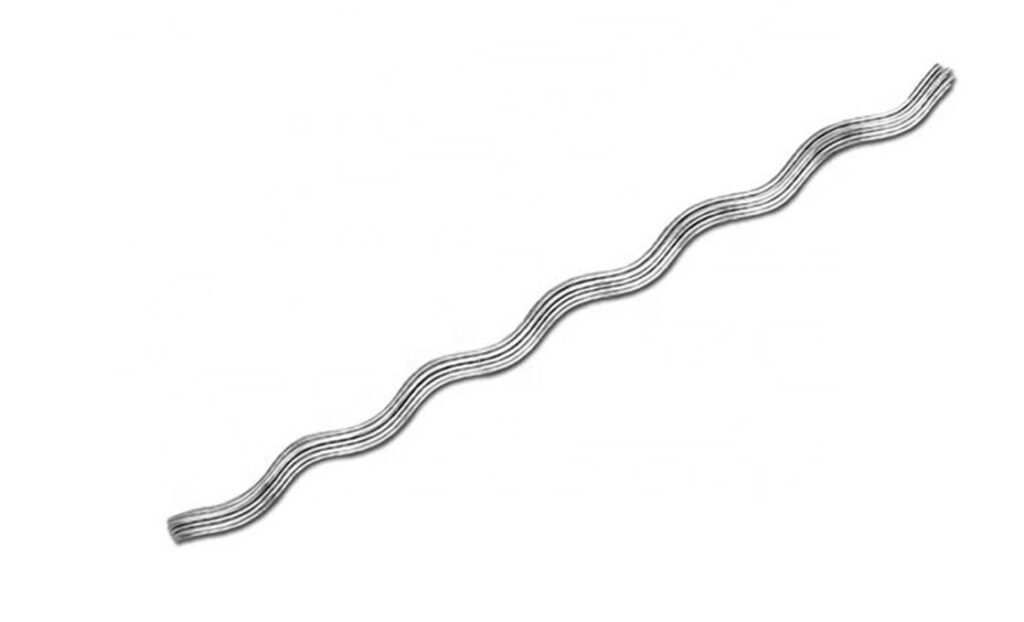
- Mechanical stability – slack span dead ends help in distributing mechanical loads across the line. This reduces the stress on poles or towers which can prolong the lifespan. They allow for controlled movement and flexing of the conductor.
- Tension management – the dead ends operate under lower tension compared to standard tensioned spans. They can also absorb and dissipate dynamic loads caused by environmental factors.
- Environmental adaptability – the dead ends accommodate the natural expansion and contraction of conductors. This is due to the temperature changes and preventing excessive tension or sag. They are also resistant to wind loads by allowing the line sway to help dissipate wind energy.
- Electrical performance – they dead ends have several designs to help maintain electrical clearance. The reduced tension reduces the risk of insulation or conductors to maintain the electrical integrity.
- Operational reliability – reduced stress and flexibility from the dead ends can lead to lower maintenance needs. They also make it easier to isolate and repair the affected sections of the line.
- Cost effectiveness – slack span dead ends reduce the need for firm and expensive support structures. This helps reduce the costs for structures, labor and equipment costs.
- Durability – the dead ends reduce mechanical stress that can lead to longer-lasting structures. This helps to decrease the frequency of repairs
Challenges and issues facing the use of slack dead end
The use of slack span dead end offers several benefits to overhead transmission lines. They also present several challenges and issues for these applications. Additionally, addressing these challenges requires proper planning and regular maintenance. The following are the challenges and issues facing the slack span dead ends.
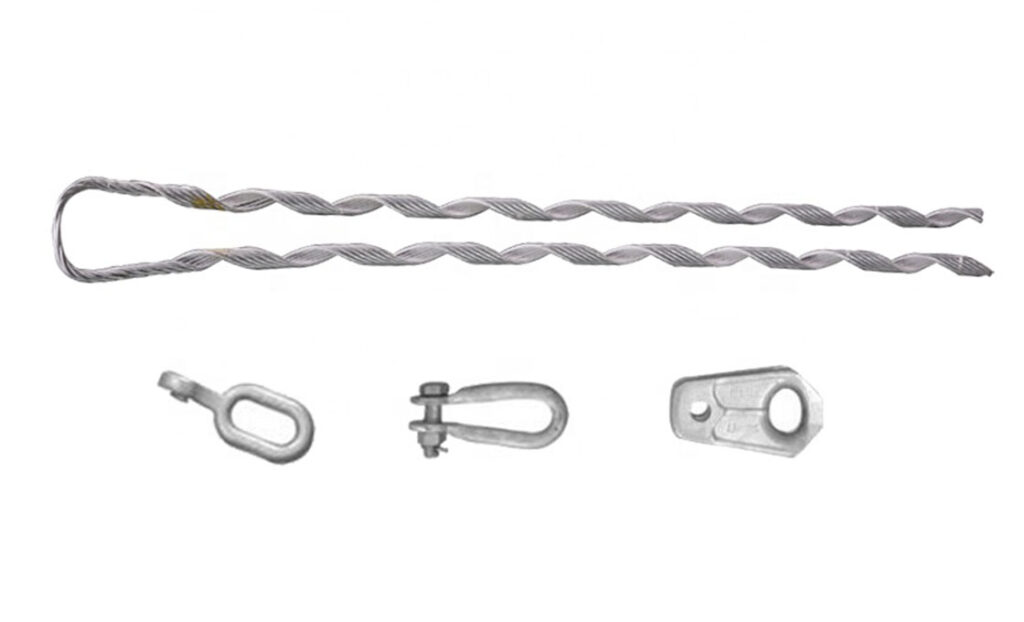
- Complexity in design – designing dead ends depends on factors such as load distribution, terrain and environmental conditions.
- Maintaining adequate ground clearance – this includes ensuring the conductor maintains its ground clearance.
- Environmental impact – the dead ends need extra considerations to reduce impact like disturbing wildlife habitats.
- Increased maintenance needs – the flexibility of the dead ends may lead to frequent inspections. The movement of the conductor leads to wear and tear on components.
- Cost considerations – the initial investment for slack span dead ends can be higher for specialized hardware. The increased maintenance needs can lead to higher long term costs.
- Installation process – installation of the dead ends in rugged terrain can be challenging. This can lead to the need for specialized equipment and expertise.
- Risk of overloading – mismanagement of slack span dead ends can lead to uneven load distribution across the line.
Technical specifications for the slack dead ends
Technical specifications for slack span dead ends aid in selection, purchase, installation and maintenance. They are important to address various mechanical, electrical and environmental considerations. Additionally, they help address a wide range of factors from mechanical and electrical performance to material properties. The following are the technical specifications for the slack span dead end.
| Catalog Number | Conductor Range (Inches) | Conductor Nominal Size | Per Carton Units | Length (Inches) | Color Code |
| SSDE-16 | .229-.257 | #4 AWG | 25 | 16 | Orange |
| SSDE-18 | .290-.325 | #2 AWG | 25 | 18 | Red |
| SSDE-19 | .326-.364 | #1 AWG | 25 | 19 | Green |
| SSDE-20 | .365-.409 | 1/0 AWG | 25 | 20 | Yellow |
| SSDE-21 | .578-.665 | 266.8 kcmil | 25 | 21 | Black |
| SSDE-22 | .784-.883 | 477 kcmil | 25 | 22 | Orange |
- Mechanical specifications – the dead ends should be able to handle the tension without causing damage. It should also maintain the least tension to avoid excessive sag and ensure proper ground clearance. The structure must support loads including the weight of the conductor and environmental factors.
- Electrical specification – this includes insulation needs, conductor compatibility and electrical clearances. They should show the ratings for greatest operating voltages, conductor sizes, and enough clearance between conductors.
- Material specifications – the material should have high tensile strength to withstand the forces exerted by the conductor. They should also show the material and coatings to ensure corrosion resistance and durability.
- Installation specifications – they should state specifications for clamps that provide secure anchoring to the conductor. They should also have procedures for applying the right tension during installation.
- Environmental specifications – this includes weather resistance and temperature range. They should have specifications for wind load, ice, snow, operating temperatures and thermal expansion.
- Regulatory and safety specifications – these specifications include compliance with industry standards and regulatory frameworks. It also includes safety factors, inspection frequency and maintenance procedures.
Industry advancements and updates for the dead ends
There are several advancements and developments for the slack span dead ends in the market. They focus on enhancing reliability, safety and efficiency. This is while addressing the growing complexities of modern power systems. They reflect trends towards integrating advanced technologies and innovative design solutions. Additionally, this helps to meet the growing demands for modern transmission systems. The advancements aim to enhance reliability, reduce costs and ensure compliance with standards. The following are the advancements for slack span dead ends.
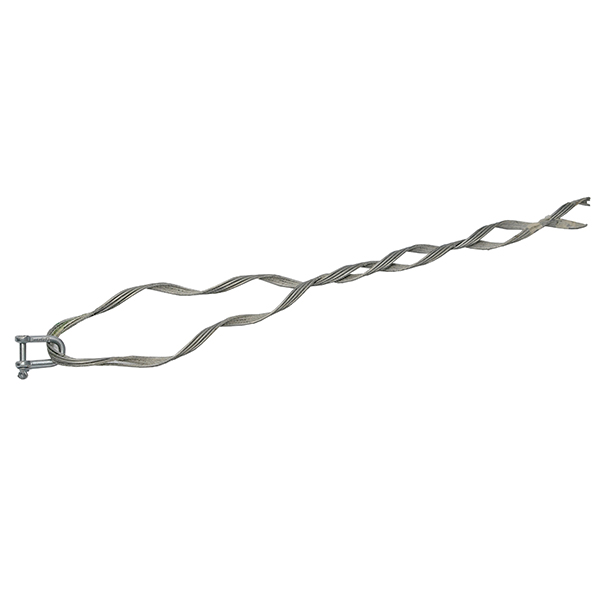
- Advanced materials and coatings – this is the development of high strength and lightweight alloys. They improve the mechanical performance of slack span dead ends. The alloys provide higher corrosion resistance which makes them suitable for harsh conditions. It also includes use of advanced coatings such as nanocoatings and self-healing coatings.
- Real-time monitoring – this includes using slack span dead ends for real time monitoring of mechanical stress and temperature. Use of data analytics helps to predict issues and optimize the performance of the transmission network. IoT connectivity enables remote monitoring and control of slack span dead ends. This provides operators with real-time data and control capabilities.
- Enhanced design and engineering – this includes use of finite element analysis and advanced computational tools. This allows for detailed simulation of mechanical and thermal stresses. They lead to optimized designs that balance strength. Advanced computational tools enable modeling of load distribution and environmental impacts.
- Sustainable solutions – the increased use of recyclable materials promote sustainability in transmission line construction. The adoption of green manufacturing processes reduce energy consumption and emissions. This helps to contribute to more sustainable production practices.
- Innovative hardware solutions – modular designs allow for easy replacement of individual components. The development of clamps with higher load capacities and better grip ensures secure anchoring of conductors.
Cost considerations and comparisons for slack span dead ends
There are several factors that influence the costs for slack span dead ends. The costs for slack span dead end categorize into initial installation costs, ongoing maintenance and operational costs. Also, it is important to balance the costs with the benefits of improved performance, safety and long term sustainability. The following are the cost considerations for slack span dead ends.
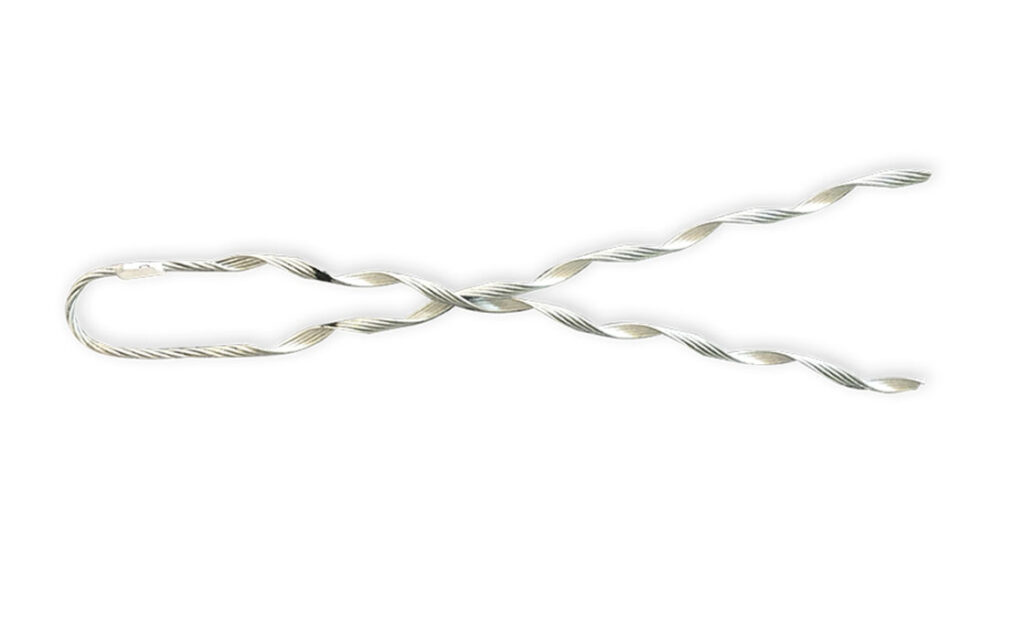
- Initial installation costs – the types and quality of conductor materials used impact the costs. The cost of clamps, brackets and insulators vary depending on the material and design. Other factors include the design costs, labor costs, equipment and logistics.
- Ongoing maintenance and operational costs – this includes inspection and maintenance costs. They also include monitoring and technology and energy losses costs. Using sensors for real-time monitoring of slack span dead ends can increase initial costs.
- Environmental and regulatory costs – using sustainable practices and materials may increase the initial costs but reduce long term environmental impact. Ensuring compliance with safety and environmental regulations can incur costs. These costs include potential fines or upgrading costs.
- Economic and operational considerations – high quality materials and components can increase initial costs but reduce long term expenses. Consider costs related to potential outages, repairs and legal liabilities.
Frequently asked questions
Slack span dead ends provide flexibility, load distribution and sag management. This leads to reduced stress on support structures and ensure adequate ground clearance.
The common challenges include design complexity, maintenance needs, costs and ground clearance.
Environmental conditions like wind and ice lead to dynamic loading which affects sag and tension. this then leads to increased maintenance and reduced lifespan.